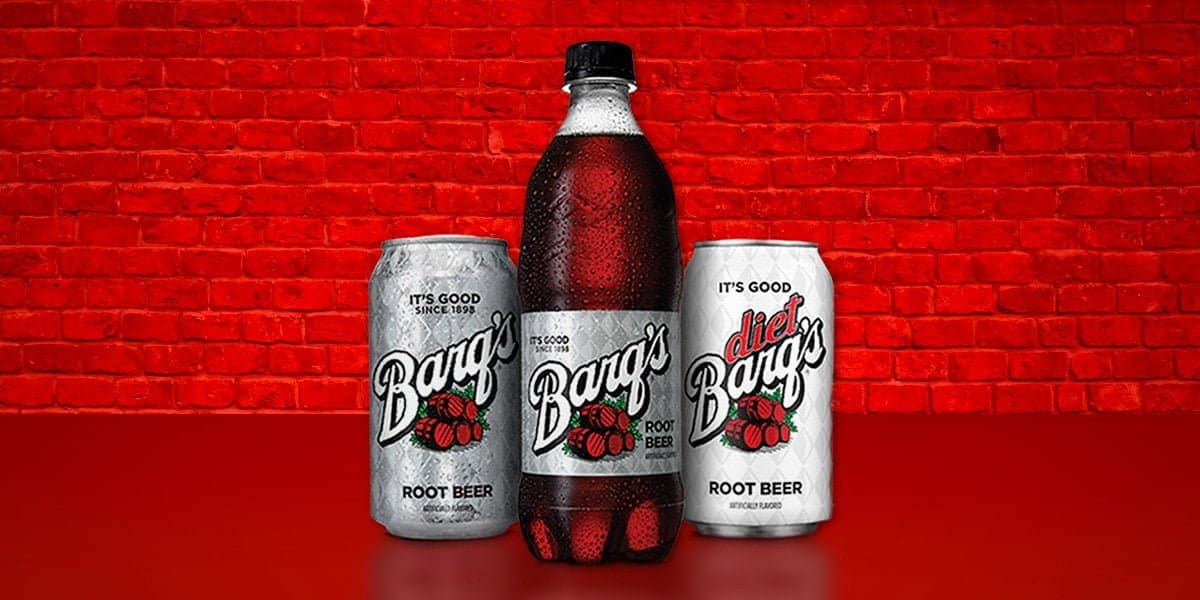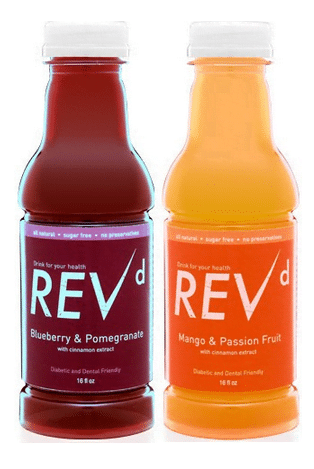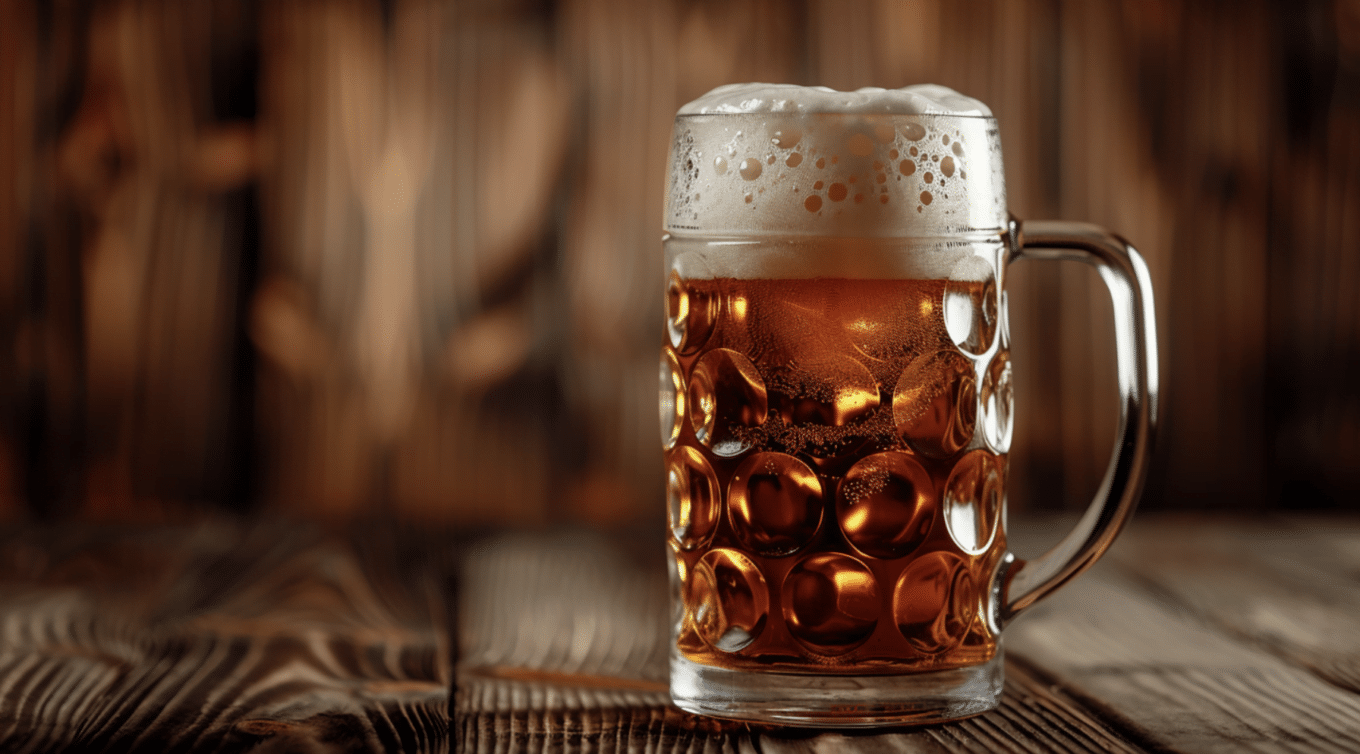Most people think of root beer as a sweet, creamy soda that’s perfect for making ice cream floats on a hot summer day.
You might be surprised to learn that not all root beers are created equal when it comes to their ingredients. While the majority of root beer brands are caffeine-free, there are actually a few that contain this energizing compound.
In this article, we’ll explore the three root beer brands that have caffeine in their classic recipes.
You’ll discover how much caffeine each one contains compared to other popular drinks, and learn some interesting facts about these unique sodas.
Get ready to find out which root beers can give you a little boost, and which ones are better suited for sipping when you want to avoid caffeine.
Whether you’re a root beer aficionado or just curious about what’s in your favorite drink, this post has something for you.
Let’s dive in and uncover the secrets of caffeinated root beer!
Caffeine Content Showdown: Barq’s vs. Jolt vs. Rev’d Up
| Brand | Serving Size | Caffeine Content (mg) |
|---|---|---|
| Barq’s Root Beer | 12 oz | 22 |
| Jolt Root Beer | 12 oz | 70 |
| Rev’d Up Root Beer | 12 oz | 50 |
When it comes to caffeinated root beers, not all brands are created equal in terms of their energizing kick.
Let’s take a closer look at the caffeine content of the three most well-known options: Barq’s, Jolt, and Rev’d Up.
1. Barq’s

Barq’s, owned by the Coca-Cola company, is often considered the quintessential caffeinated root beer. A 12-ounce can of Barq’s contains 22 milligrams of caffeine.
While this may seem low compared to other popular caffeinated beverages like coffee or energy drinks, it’s still a notable amount for a soda.
In fact, Barq’s has about the same caffeine content as a half-cup of black tea.
2. Jolt

Jolt, on the other hand, takes the caffeine level up a notch. A 12-ounce bottle of Jolt Root Beer packs a punch with 78 milligrams of caffeine.
That’s more than double the amount in Barq’s and equivalent to a full cup of black tea or about half a cup of coffee.
If you’re looking for a root beer that will give you a noticeable energy boost, Jolt is definitely a contender.
3. Rev’d

Rev’d Up is a relative newcomer to the caffeinated root beer scene, but it’s quickly gaining popularity among fans of the flavor.
With 50 milligrams of caffeine per 12-ounce can, Rev’d Up falls somewhere between Barq’s and Jolt in terms of its stimulating effects. It’s a good middle-ground option for those who want a bit more pep than
So while these root beers can’t compete with the heavyweights of the caffeine world, they still offer a significant amount of the stimulant for a soda.
Whether you’re a die-hard Barq’s fan, a Jolt enthusiast, or a Rev’d Up convert, it’s helpful to know just how much caffeine you’re sipping on.
Keep these figures in mind the next time you reach for a frosty mug of your favorite caffeinated root beer.
Comparison of Caffeinated Root Beers and Other Beverages
| Beverage Type | Caffeine Content (mg per 12 oz) | Uses | Popularity | Availability |
|---|---|---|---|---|
| Barq’s Root Beer | 22 | Soft drink, Mixer | High | Widely available |
| Jolt Root Beer | 70 | Energy drink, Mixer | Medium | Moderately available |
| Rev’d Up Root Beer | 50 | Soft drink, Mixer | Low | Limited |
| Coca-Cola | 34 | Soft drink, Mixer | Very High | Widely available |
| Coffee (Brewed) | 95-200 | Beverage | Very High | Widely available |
| Energy Drink (Generic) | 80-100 | Energy boost | High | Widely available |
| Green Tea | 28-45 | Beverage | High | Widely available |
Notes:
- Caffeine content for beverages other than the root beers is based on average values and may vary between brands.
- Popularity and availability are estimated based on general market trends and consumer preferences.
How to Check for Caffeine in Root Beer
As a savvy soda sipper, you might be wondering how to tell if your favorite root beer brand contains caffeine.
While the three brands we’ve highlighted – Barq’s, Jolt, and Rev’d Up – are known for their caffeinated kick, not all root beers are quite so transparent about their ingredients.
Here’s a quick guide to deciphering caffeine content in your beverage of choice.
1. Understanding Labeling Practices
In the United States, the Food and Drug Administration (FDA) requires that any added caffeine be listed in the ingredients section of a food or beverage label.
However, manufacturers aren’t obligated to specify the exact amount of caffeine present. This means that while you can easily spot if a root beer contains added caffeine, determining the precise quantity might take a bit more digging.
When scanning the label, keep an eye out for “caffeine” or “caffeinated” in the ingredients list. Be aware that this only applies to caffeine that’s added during the manufacturing process.
Naturally occurring caffeine, like that found in coffee or tea, doesn’t fall under the same labeling rules.
But since traditional root beer recipes don’t include naturally caffeinated ingredients, you can assume that any caffeine present has been added.
2. Tips for Identifying Caffeine Levels
If the label leaves you feeling uncertain about the caffeine content of your chosen root beer, there are a few other ways to investigate:
- Reach Out To the Manufacturer: Most companies provide contact information on their packaging or website. Don’t be shy about asking for specifics on caffeine content.
- Check the Brand’s Website: Some beverage makers choose to list nutritional information, including caffeine content, online even if it’s not required on the label.
- Use Caffeine Tracking Apps: Certain apps and online tools have extensive databases of popular drinks and their caffeine levels. A quick search could yield the answers you’re looking for.
- Look for “Caffeine-Free” Claims: On the flip side, root beers that explicitly state they’re “caffeine-free” are required to back up that claim. If you see this on the label, you can trust that the beverage contains no measurable amount of caffeine.
- Consider the Serving Size: When caffeine content is listed, it’s usually based on a specific serving size. A 12-ounce can might have a different caffeine level than a 20-ounce bottle, even if it’s the same brand and variety.
- Know Your Natural Caffeine Sources: While not common in root beer, ingredients like guarana, green tea extract, or yerba mate are natural sources of caffeine.
If you spot these on the label, you can assume the beverage has some caffeine content, even if it’s not explicitly stated.
3. Additional Considerations
It’s worth noting that caffeine content can vary not just between brands but also within a single brand’s product line.
A diet version of a root beer might have different levels than the regular version, for example.
Regulations and labeling practices can also differ internationally, so if you’re sipping a root beer from abroad, you might need to do a bit more research.
If you’re still unsure or have concerns about your caffeine intake, don’t hesitate to consult reliable consumer resources or talk to a healthcare professional.
And remember, as with any caffeinated beverage, moderation is key.
Knowing how much caffeine you’re consuming can help you make informed decisions about your soda selection.
Conclusion
Ultimately, the world of root beer is not just about sweet, creamy flavors and frothy ice cream floats.
For those seeking an extra boost, caffeinated root beers like Barq’s, Jolt, and Rev’d Up offer a unique twist on this classic beverage.
By understanding the caffeine content, taste profiles, and brand histories of these options, you can make an informed decision about which one to reach for when you need a pick-me-up.
However, it’s important to remember that consuming caffeine in any form should be done in moderation. Be mindful of your individual tolerance and pay attention to any potential health considerations.
If you’re unsure about the caffeine content of your favorite root beer brand, don’t hesitate to do some research or reach out to the manufacturer directly.
Whether you’re a die-hard fan of one particular brand or enjoy exploring new options, the key is to find the caffeinated root beer that suits your taste preferences and energy needs.
And if you’re feeling adventurous, why not try crafting your own caffeinated root beer at home? With a little experimentation, you might just discover your new go-to beverage.
So next time you’re in the mood for a root beer with a kick, consider giving one of these caffeinated varieties a try.
Just remember to sip responsibly and enjoy the unique blend of flavors and energy that these brews have to offer.
Cheers!
Frequently Asked Questions
Who Has Caffeine Free Root Beer?
Many popular root beer brands offer caffeine-free options, including A&W, Mug, Dad’s, and IBC. These sodas provide the classic root beer flavor without the energizing kick of caffeine.
Why is Root Beer so Good?
Root beer’s unique appeal lies in its distinct flavor profile, which combines sweetness, creaminess, and a complex blend of ingredients like sassafras, vanilla, and wintergreen. Many people enjoy the nostalgic quality and refreshing taste of this classic beverage.




